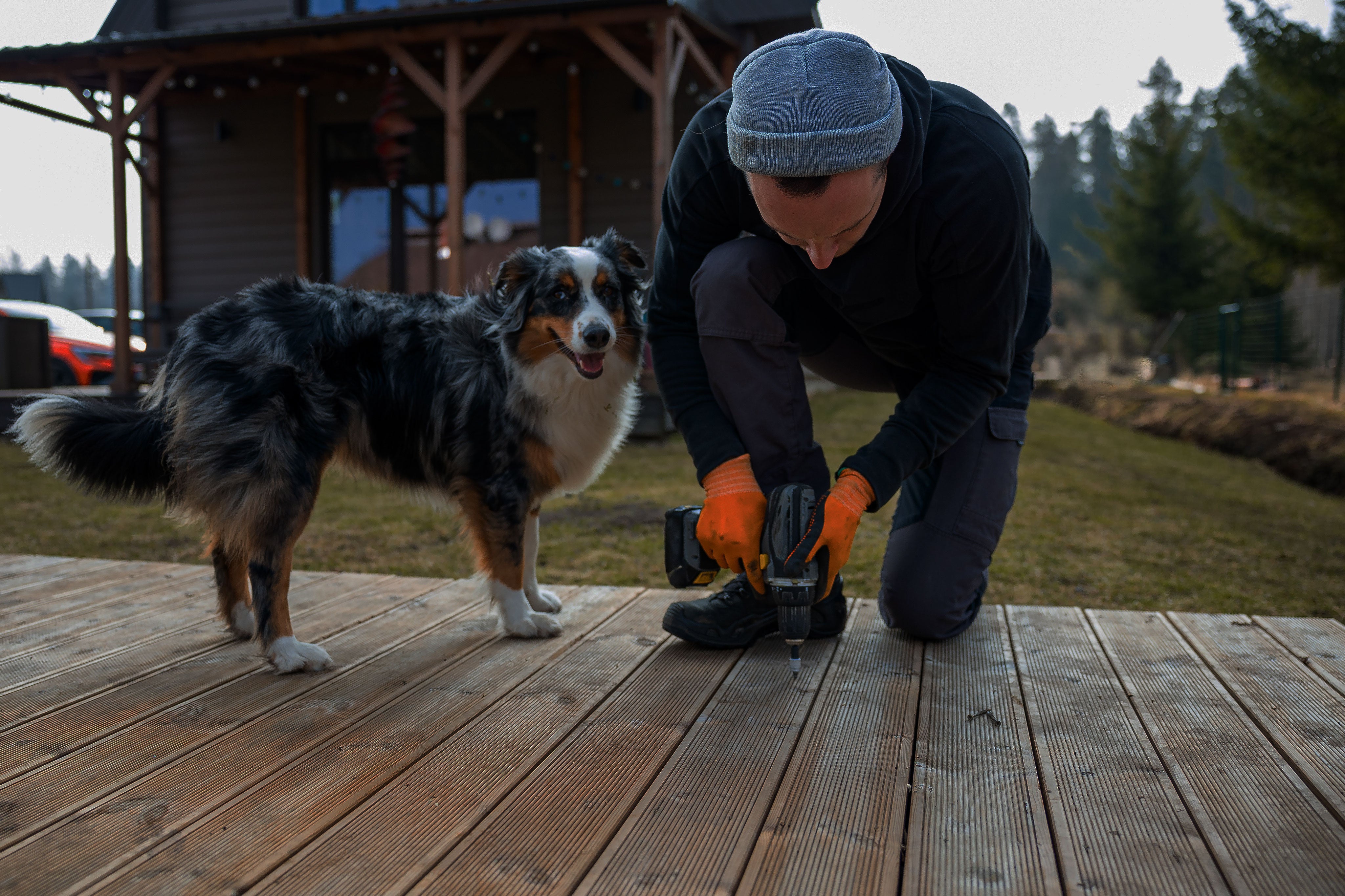
From planning and design to construction and materials, we'll walk you through every step of the process to help you create a beautiful shed.
Step 4: Install Windows and Doors
Windows:
- Clean your window opening: Remove any dust or debris from the surface of the framing. A Shop Vacuum will make this task easier to accomplish.
- Apply flashing tape: A Flashing Tape or membrane will help protect your structure and it’s framing from wair and water infiltration. Lining your opening with flashing tape is an important step in keeping your shed or garage sealed. For full instructions on flashing your openings click the linked PDF.
- Dry-fit your new window: Place your window in the opening, and ensure there is a small (¼”-½”) gap between the window frame and the wall framing on all 4 sides.
- Apply Caulk: Apply a bead of silicone caulk around the perimeter of the frame.
- Place the window and secure: With the window in the opening press firmly against the bead of caulking. Use Shims to secure the window and keep it level in the opening. Screw the window in place by screwing through the frame, the shims and then the wall framing.
- Check the sashes: Check that the sashes sit evenly in the frame. If needed, use additional shims to level the window.
- Ensure your window is level: Check that the window is plumb, level and square again, and that it operates properly. Use shims to adjust and once the window is in place cut any shims that are sticking out.
-
Fill the gaps from the outside: Apply expanding foam insulation in the gap around the window. Make sure to not overfill the gaps and you can refer to the manufacturer’s instructions via the link below:
https://www.greatstuff.dupont.com/how-to/air-seal-around-windows-and-doors.html
Doors:
The installation procedure is basically the same as most other pre-hung doors. In some cases, a split-jamb door may be required for thicker walls, because they install from both the interior and exterior of the house to sandwich the wall between the split jamb.
Plumb the hinge side of the door first, using shims as necessary. It’s especially important to use shims behind the hinge plates. Once the hinge side is plumb and fastened securely, do the same to the latch side. Install wood shims for a snug and plumb fit. After the door is fastened in place you can cut away the extra shim material with a utility knife.
Drive a screw through the open hole in each hinge to anchor the door frame and prevent sagging.
Before installing the door, wrap the rough opening in flashing. For ground level doors, a sill pan is recommended. With continuous aluminum flashing beneath the sill, use some flexible adhesive flashing around the top and sides, lapping it over the surrounding sheathing and tucking it behind the siding.
Apply sealant around the brick mould to give the door a weather-tight seal. Now you may place the door and frame into the rough opening to finish installing the door.
How To Install an Entry Door
How To Replace an Existing Door

Visual Learner? We get it.
We get it. Turkstra TV is full of helpful videos to get you up and running on your next home improvement project.
Our Coaches have your back
Need help? Talk to our professional coaches - it's free.
Get preferred pricing & exclusive promos with Build-it-Better.
Receive exclusive, members-only discounts on select products each month!

